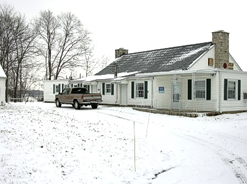
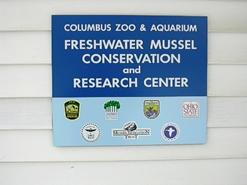
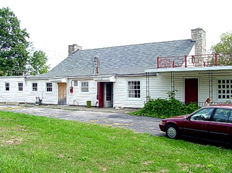



A research and educational facility housed at the Columbus Zoo & Aquarium dedicated to freshwater mussels and other freshwater organisms was opened in November 2002. Located on a 32 acre peninsula in the Scioto River northwest of Columbus, the facility is leased to the Zoo by Columbus Recreation and Parks. Originally a lodge and retreat for the Jeffrey Manufacturing Company, the property was extensively renovated in 2001-2002 to accommodate the mussel research facility. Dr. Watters is the Science Director of the facility. The facility is the result of enormous time and effort of Zoo staff Doug Warmolts and Mike Brittsan, as well as numerous volunteers. The facility consists of:
1. An aquarium room for host fish identification
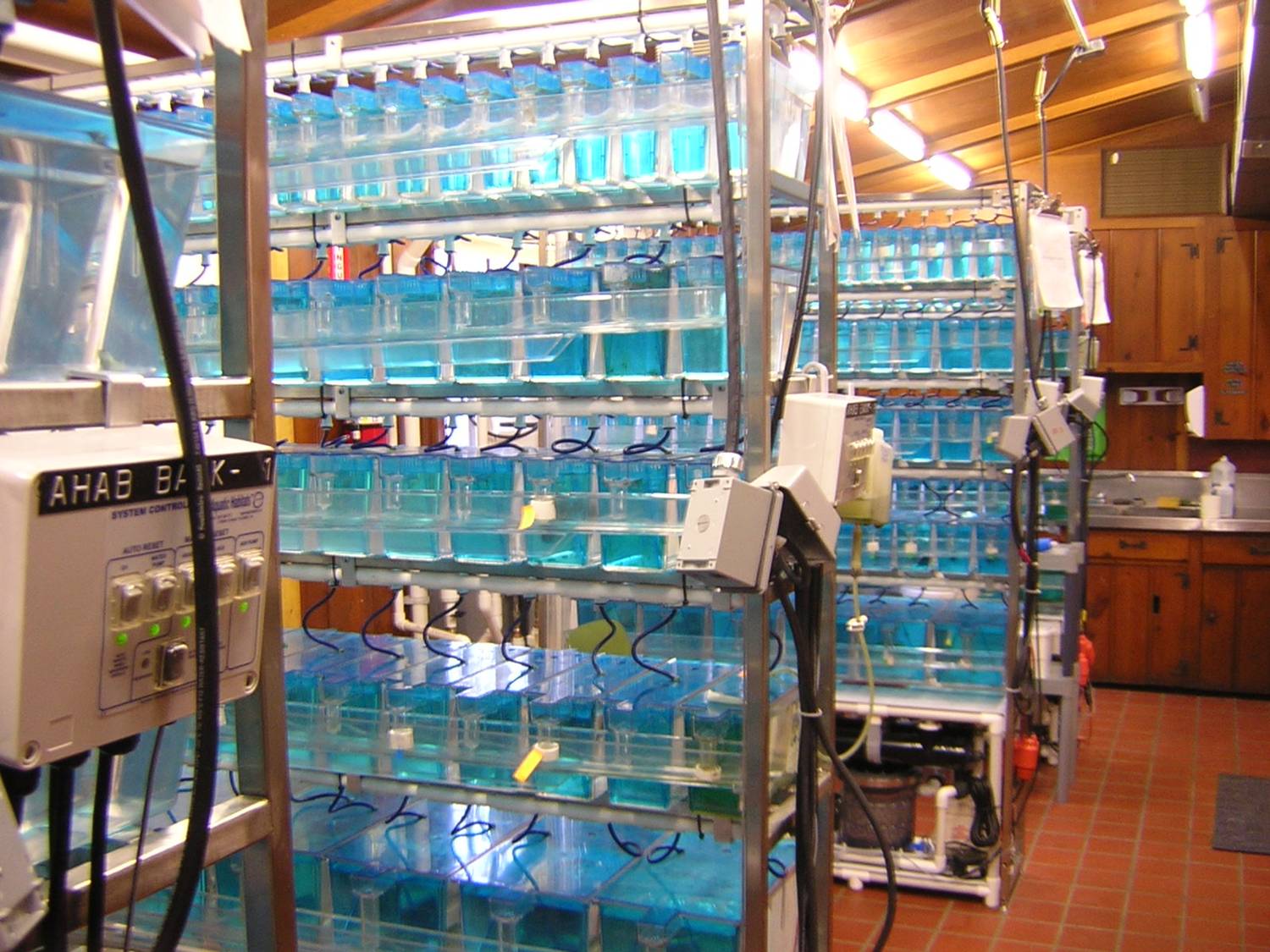
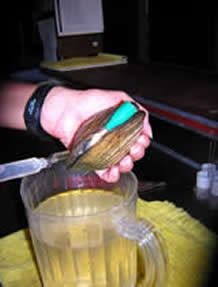
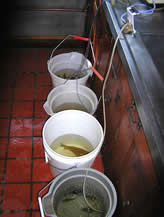
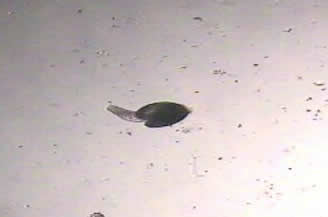
2. A central tank facility for holding mussels, rearing juveniles, etc.
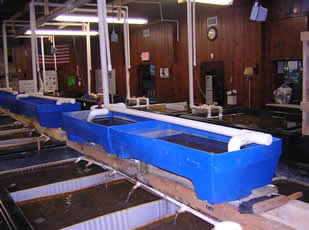
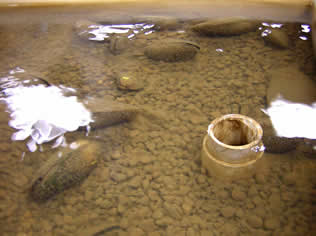
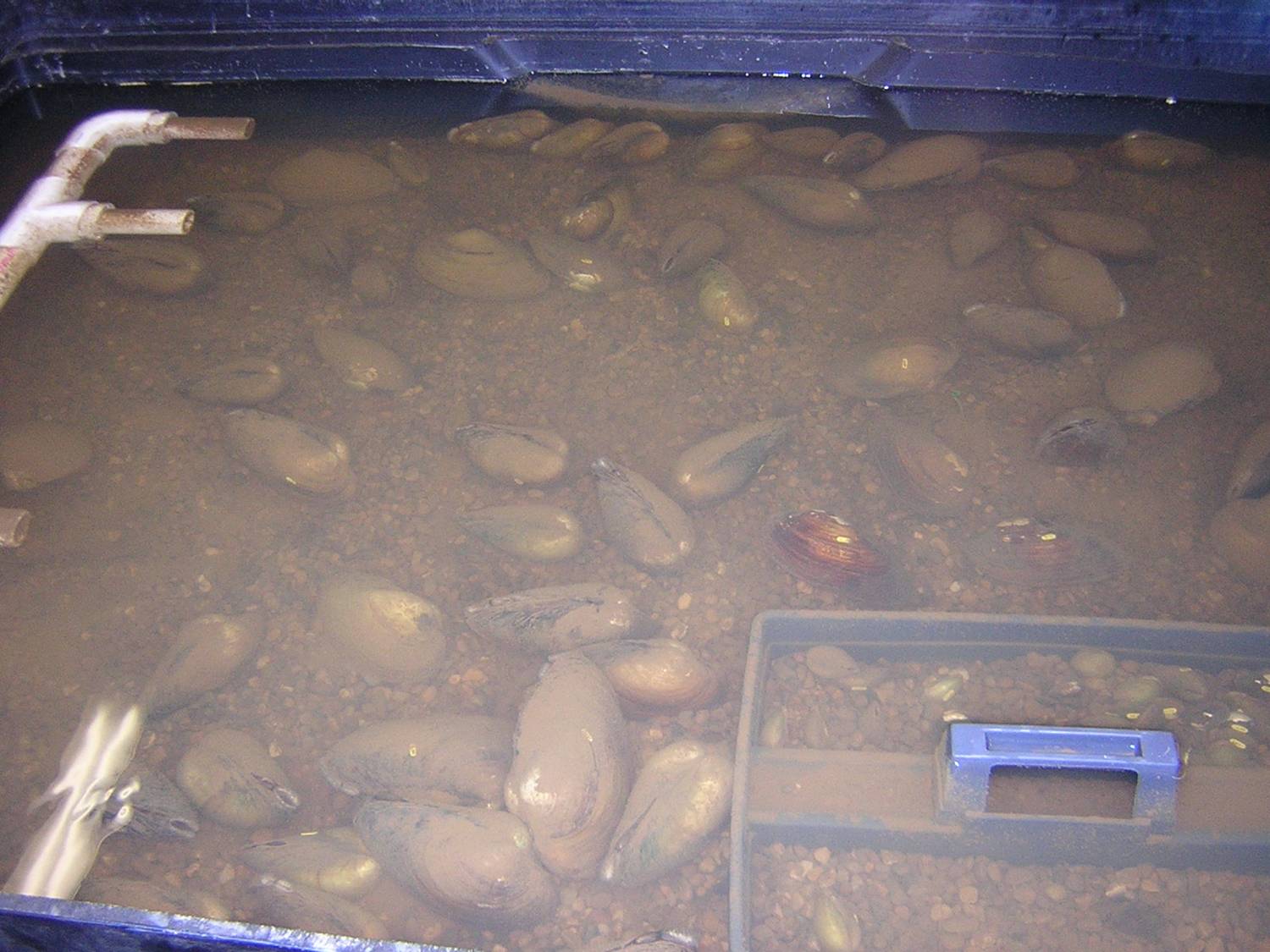
3. Education and meeting rooms. Not shown: fish quarantine and fish holding rooms.
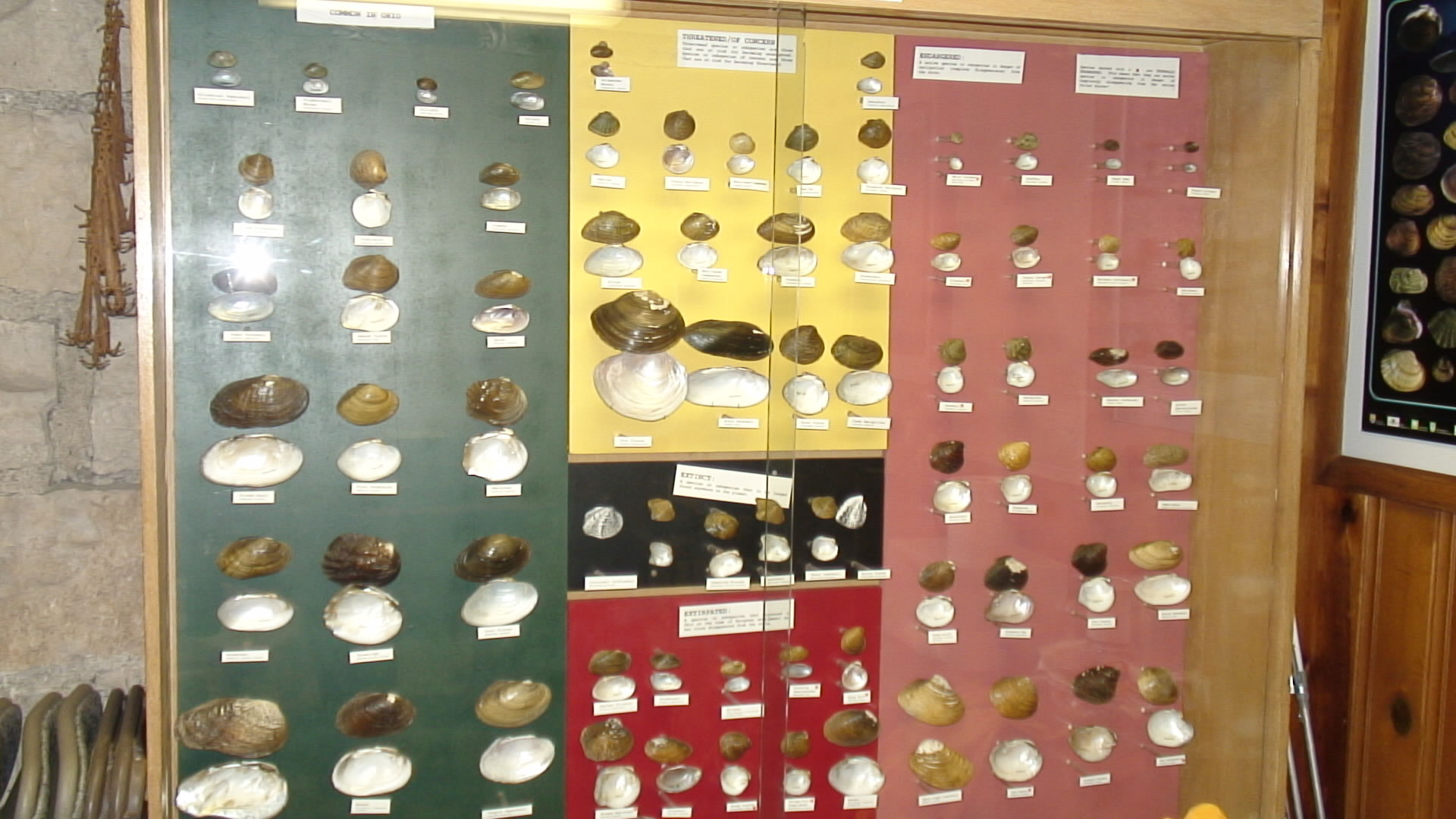
Water is supplied from the Scioto River via two pumps. Pumps feed a head tank, which in turn feeds the main tanks and the aquarium room. The system may be fed 100% from the river, 100% recirculating, or any combination of the two. Aquaria have their own recirculating system. Water may be filtered through mesh ranging from 5 microns to 500 microns. The facility includes special tanks for raising juveniles and quarantine.
The project will concentrate on understanding the basic biology of imperiled mussels with the ultimate goal of restoration or bolstering of existing mussel populations. This research would include host identifications, captive husbandry requirements, reproductive biology, and nutrition. For instance, the recent identification of the hosts for the federally endangered Clubshell could enable us to culture these mussels and return them to their historic range. Furthermore, holding facilities associated with this project could be used as temporary refugia for large numbers of mussels. This application may be important to mitigating unforeseen disasters. The recent silage spill on Big Darby Creek, which killed numerous mussels, is a case in point.
The Columbus Zoo & Aquarium built upon existing and successful endangered species recovery and research partnerships. Over the past decade, the Columbus Zoo & Aquarium has cooperatively initiated two state endangered species recovery programs with the Ohio Department of Natural Resources, Division of Wildlife for the Western Banded Killifish, Fundulus diaphanous menona, and the Eastern Plains Garter Snake, Thamnophis radix. Both programs called for creating captive breeding programs at the zoo for reintroduction and population augmentation efforts in the state. The Columbus Zoo & Aquarium maintains several large aquarium facilities and has an experienced expert staff with regard to water quality maintenance and filtration, and aquatic animal husbandry (including captive mollusks). The impetus to create a mussel conservation facility at the zoo, using these partnerships as its foundation, is a direct extension of these previous efforts. We envision the scope of work and species held at the facility to be primarily driven by the priorities and needs established by agencies such as the US Fish & Wildlife Service and state Department of Natural Resources. Gaining public support and expanding public awareness of a conservation initiative is paramount to its long-term success. The Columbus Zoo & Aquarium is a nationally recognized leader in the field of conservation education. The zoo enjoys strong local, regional, and national public support and has an annual attendance of 1.6 million visitors.
In addition, the zoo is active in supporting the development of in-house and out of house public education tools such as posters, teacher's kits, workshops, and publications that would prominently highlight the conservation facility.
Partners include
National Fish and Wildlife Foundation
Ohio Department of Natural Resources Division of Wildlife
US Fish and Wildlife Service
The Ohio State University
Columbus Recreation and Parks
Battelle-Darby Creek Metro Park